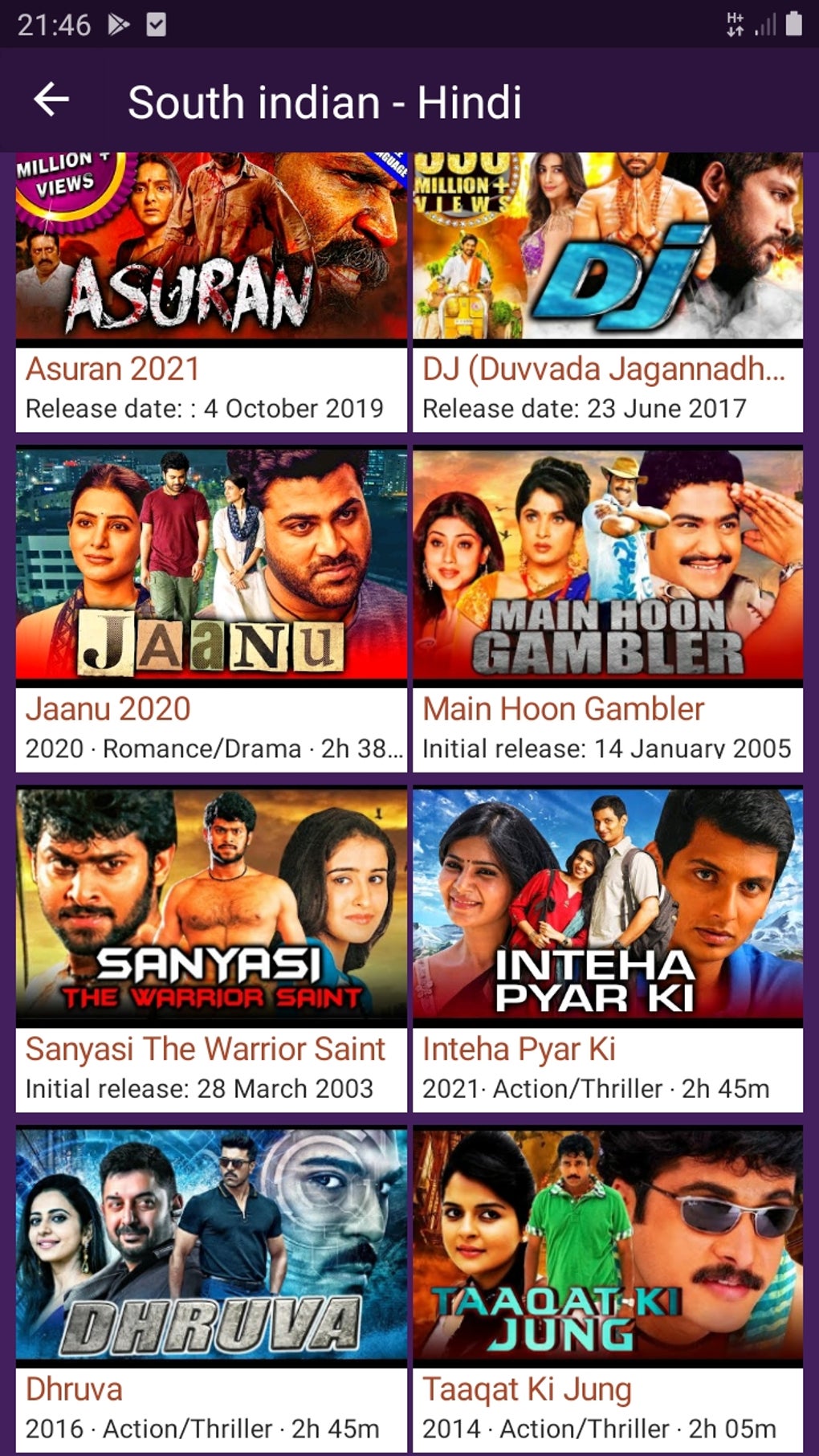Is Movierulz truly the haven for movie enthusiasts it claims to be? A bold statement reveals the harsh reality: Movierulz operates as one of the most pervasive piracy networks globally, flouting copyright laws and undermining legitimate entertainment industries. The platform's allure lies in its promise of free access to a vast library of films across multiple languages, yet this convenience comes at a significant cost. By delving into the mechanics and implications of Movierulz, we uncover a complex web of operations that have far-reaching consequences for both users and creators.
Movierulz has carved out a niche by offering unauthorized streaming and downloading services for movies from various regions, including Bollywood, Hollywood, and regional Indian cinema. Its popularity stems from the wide array of content available, catering to diverse tastes and preferences. However, beneath the surface lies a network designed to evade detection and legal repercussions. Operators frequently alter domain names, utilizing extensions such as .com, .in, .tw, and others, making it challenging for authorities to permanently shut down the site. This adaptability ensures Movierulz remains accessible despite repeated bans imposed by governments worldwide.
| Category | Details |
|---|---|
| Platform Type | Piracy Website |
| Primary Function | Free Streaming & Downloading of Movies |
| Languages Supported | Hindi, English, Tamil, Telugu, Kannada, Marathi, Punjabi |
| Content Range | Blockbuster Films, Regional Cinema, Various Genres |
| Legal Status | Illegal; Operates Outside Legal Boundaries |
| Risks Involved | Data Breaches, Malware, Legal Consequences |
| References | The Hindu - Entertainment Section |
The platform's ability to provide unrestricted access to newly released films across different languages has contributed significantly to its notoriety. Users can explore an extensive collection of genres, ranging from action-packed blockbusters to thought-provoking dramas. Despite these attractions, Movierulz poses considerable risks to those who engage with it. Potential threats include exposure to malware, data breaches, and even legal ramifications for accessing or distributing copyrighted material illegally. These dangers underscore the importance of seeking safer alternatives when consuming digital media.
Efforts to combat Movierulz have intensified over recent years, with numerous countries implementing measures aimed at curbing its activities. Law enforcement agencies collaborate closely to track and dismantle the infrastructure supporting this illicit operation. Nevertheless, challenges persist due to the decentralized nature of Movierulz's network, which employs sophisticated tactics to remain operational. As technology evolves, so too do the methods employed by pirates, necessitating continuous vigilance and innovation in combating them effectively.
For individuals seeking legitimate ways to enjoy high-quality cinematic experiences without compromising ethics or safety, several options exist. Subscription-based platforms offer comprehensive libraries featuring exclusive releases alongside classic favorites while ensuring compliance with intellectual property rights. Additionally, many studios now release their productions simultaneously through official channels, providing viewers convenient access to desired content legally. Embracing these solutions supports artists financially and promotes sustainable growth within the entertainment sector.
Movierulz exemplifies how modern technology can facilitate widespread distribution of pirated materials if exploited irresponsibly. While its existence may seem advantageous initially, deeper examination reveals detrimental effects on stakeholders involved—creators deprived of rightful compensation, consumers exposed to potential hazards, and society impacted by diminished respect for creative works protected under law. Recognizing these issues empowers us all to make informed decisions favoring ethical consumption practices moving forward.
In conclusion, understanding Movierulz requires acknowledging both its appeal and adverse impacts. It serves as a reminder of the ongoing battle against digital piracy and highlights the necessity for collaborative efforts among policymakers, industry leaders, and end-users alike. By choosing lawful avenues for enjoying movies and television shows, we contribute positively toward fostering environments where creativity thrives unimpeded by unlawful interference.


